Why Not Experiment with a Great Alternative to Dairy Milk?
Lactose intolerance (the inability to digest lactose—a type of sugar found in milk and other dairy products), while not a dangerous condition, is very prevalent today. More than 30 million Americans have some amount of lactose intolerance by age 20. Typical symptoms include diarrhea, bloating, gas, and especially cramping.

But what a day and age we live in. Enter dairy-milk alternatives: almond milk (the first nut milk to hit the market), cashew milk, macadamia milk, hazelnut milk, rice milk, oat milk, soy milk, quinoa milk, hemp milk, flax milk, and coconut milk. All are terrific alternatives to cow’s milk, although some do have better flavor and “mouth-feel” than others. Of all the alternatives available, my personal preference is still almond milk.
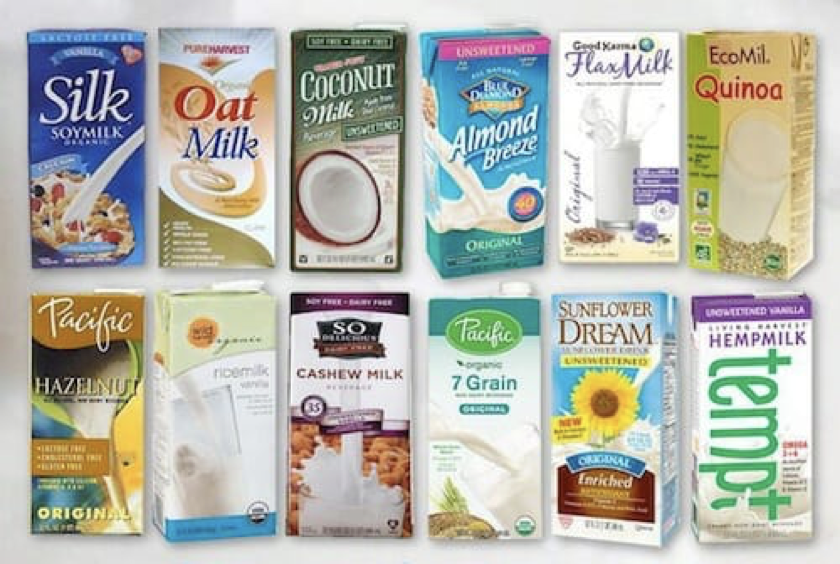
For starters, it's the almonds themselves. They’re perfectly packaged powerhouses of natural antioxidants, especially vitamin E, and more. And they’re a good source of protein and fiber—more protein than any other tree nut. They're also naturally low in saturated fat and cholesterol-free. Because of these reasons, and more, the almond has been nicknamed the “King of Nuts.”
And then there’s taste (the ultimate decider, right?). Almond milk has a nice flavor that compliments just about everything it’s paired with. You combine its taste with its low calorie count, and it’s a winner in every respect.
There are lots of almond milk brands on the market and typically they’re made of some combination of almonds, water, thickening agents (some kind of gum), stabilizers, and added vitamins and minerals. You’ll find them with made with vanilla and sweeteners as well. So with so much to choose from, how do you know which to choose?
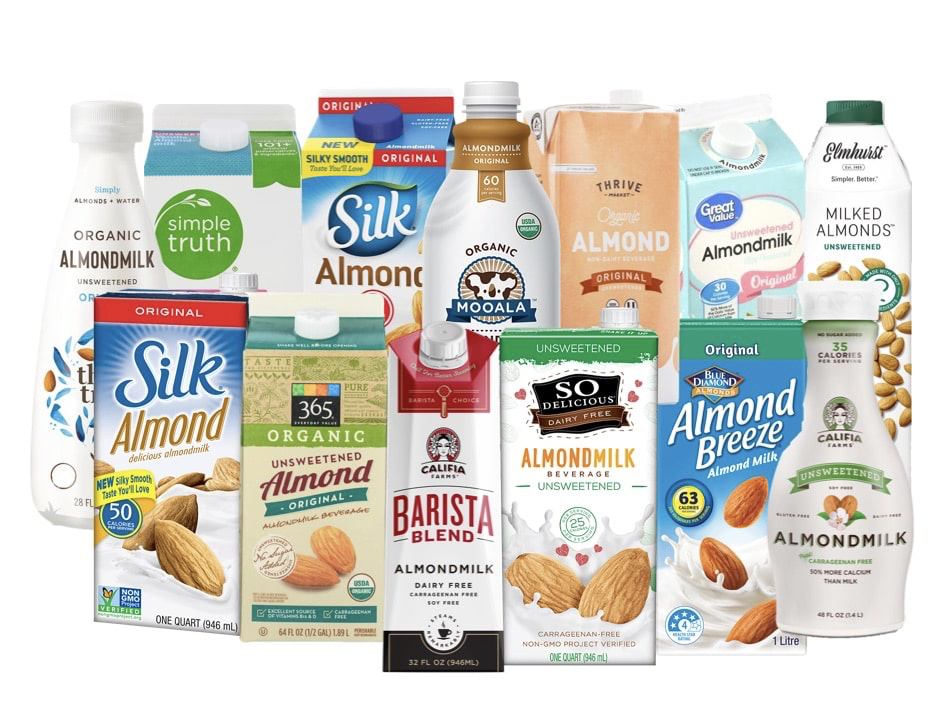
As usual, reading a label will do it for you. If a brand includes the above-mentioned thickening agents (usually carrageenan), avoid avoid avoid! Scientific studies show carrageenan is an inflammatory ingredient added to foods to thicken and increase shelf life. Its safety is questionable. It has been strongly linked to irritable bowel syndrome and colon cancer. While most research to date has only been done on animals, more and more brands are removing carrageenan from their products because of the concern (but double check by reading the label).
From personal experimentation, I can recommend three brands that are all tops in the flavor- and health-department: ELMHURST, THREE TREES, and MALK. Each of these brands achieves a flavorful and thicker milk by simply adding more almonds. Be aware, though, that because nuts are more expensive than additives, a milk made from simply nuts costs more than a milk made with additives. Or, with a bit of work, you can make your own by blending almonds with water and then straining the mixture (the leftover pureed nuts are great in muffins, cooked cereal, quick breads, etc.).
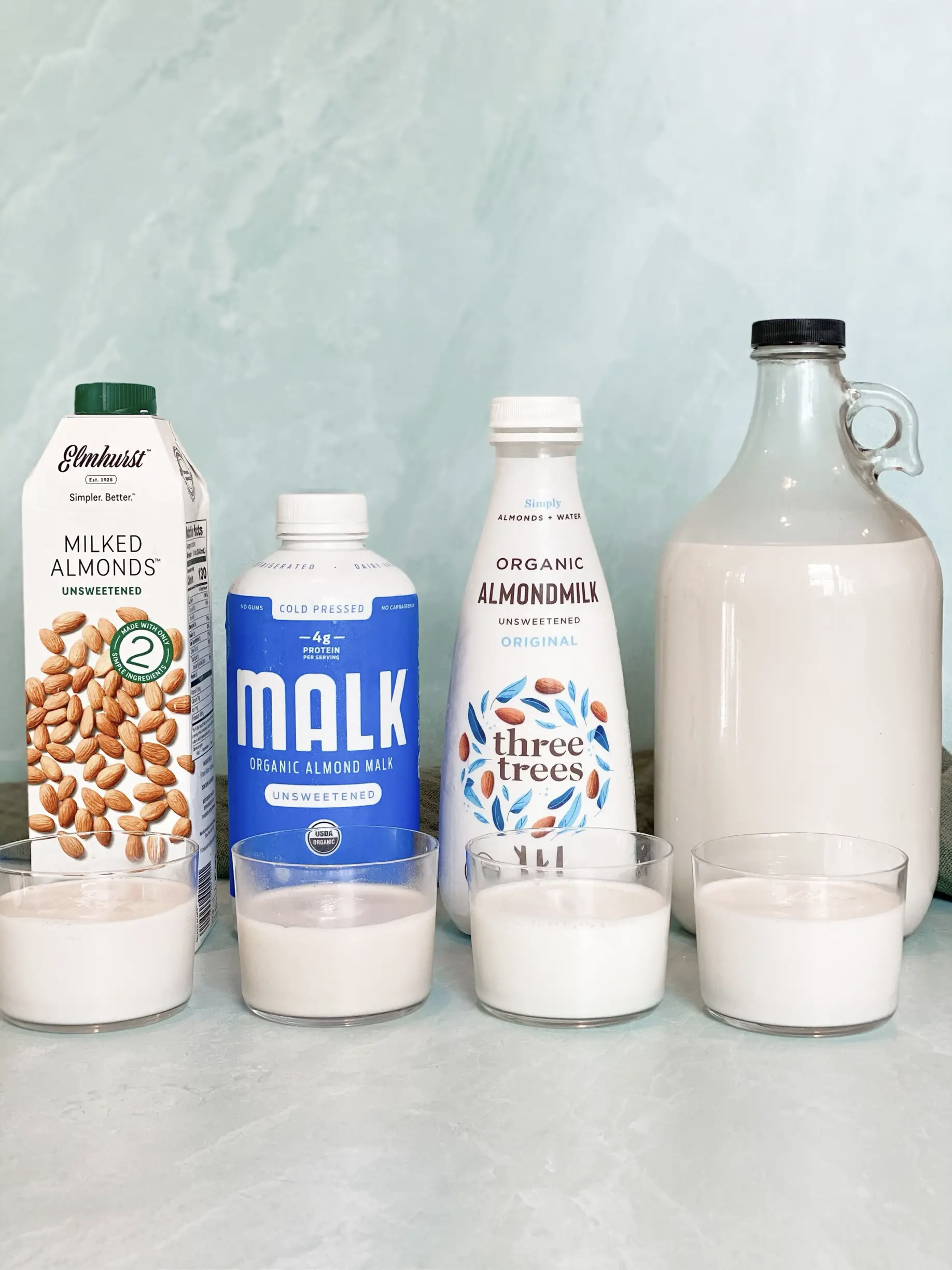
With that said, the other thing I love about almond milk is how it can be substituted for dairy when cooking or baking, cup for cup. Like traditional dairy, it works well in both savory and sweet dishes.
And there’s no learning curve to go through when using it because it’s so similar to dairy. In other words, like dairy milk, almond milk will scorch if cooked at too high a temperature and can form a skin when heated. So, like dairy, you need to stir constantly and use moderate heat for best results. No rocket science required.
You do want to know that substituting almond milk in your favorite baked good recipes may slightly affect baking time. So be sure to check the oven a few minutes earlier than the time listed in the recipe.
Also, because almond milk contains no saturated fat, it requires a little extra thickener to set up properly. This means you’d need to increase the thickening agent (such as cornstarch, flour, or agar) by a few tablespoons if you're using almond milk in a cooked pudding or custard recipe.
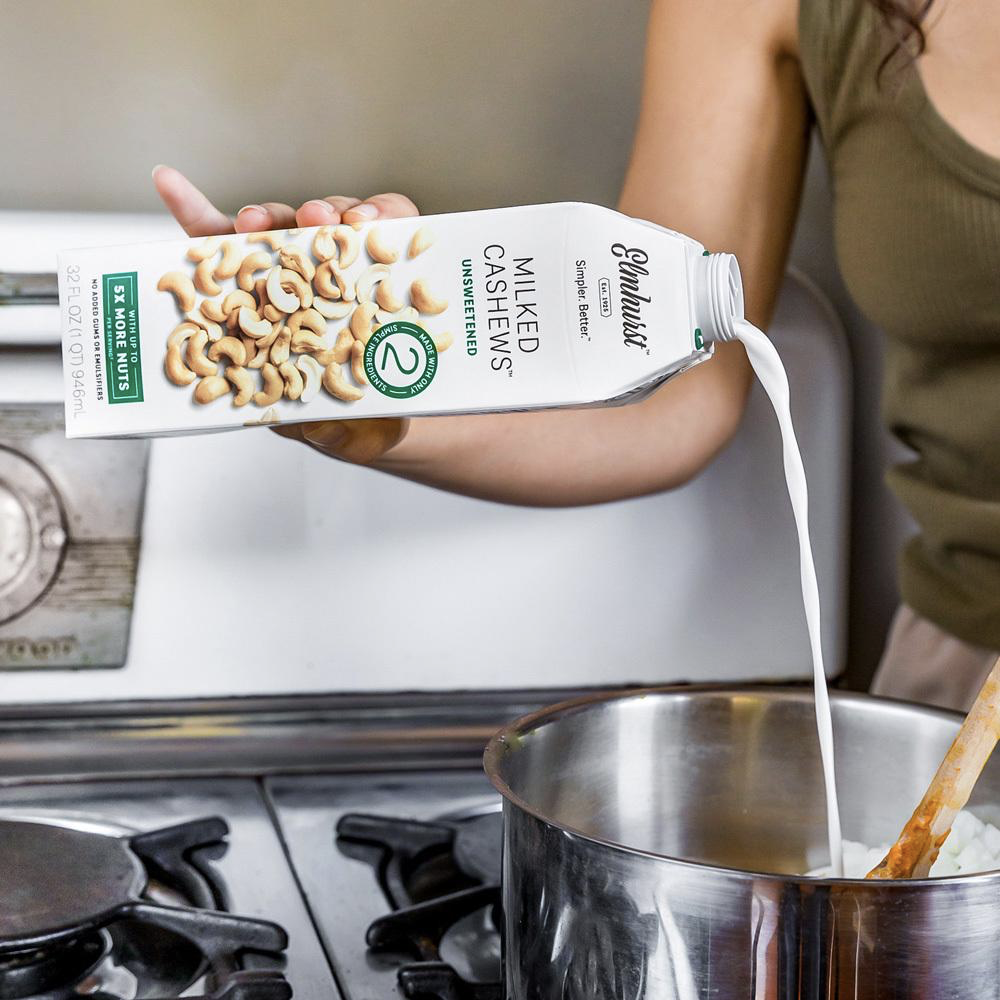
Finally, almond milk is like dairy, in that you can create a buttermilk by adding a teaspoon of vinegar to it before adding it to the recipe.
With all this in mind, I went looking for recipes that included almond milk, and there are tons. To get you started, here’s one for the above-mentioned pudding. Considering the health benefits and great flavor, why not experiment with this healthy alternative to dairy milk?
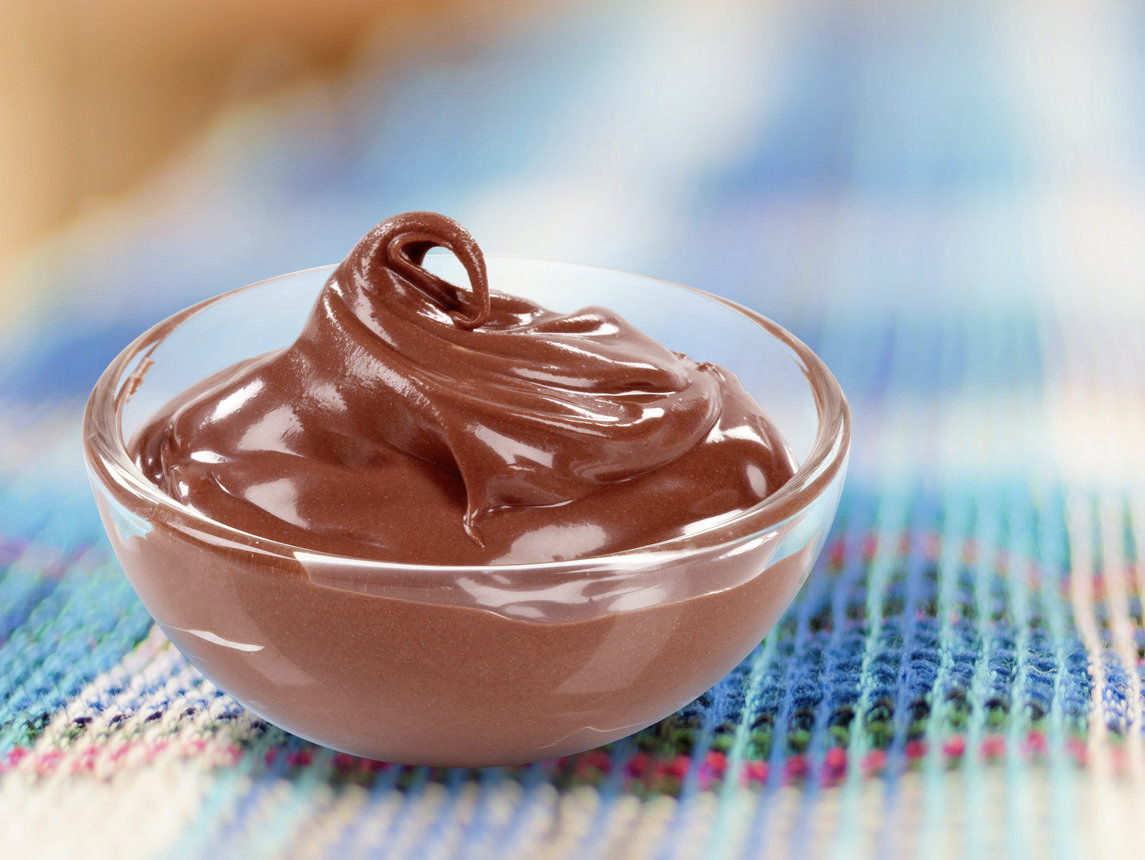
3/4 cup sugar
1/4 cup cornstarch
3/4 cup unsweetened baking cocoa
1/4 teaspoon salt
3 cups vanilla-flavored almond milk
1 teaspoon vanilla extract
3 tablespoons butter
Directions:
Add Recipe to Cook'n

But what a day and age we live in. Enter dairy-milk alternatives: almond milk (the first nut milk to hit the market), cashew milk, macadamia milk, hazelnut milk, rice milk, oat milk, soy milk, quinoa milk, hemp milk, flax milk, and coconut milk. All are terrific alternatives to cow’s milk, although some do have better flavor and “mouth-feel” than others. Of all the alternatives available, my personal preference is still almond milk.

For starters, it's the almonds themselves. They’re perfectly packaged powerhouses of natural antioxidants, especially vitamin E, and more. And they’re a good source of protein and fiber—more protein than any other tree nut. They're also naturally low in saturated fat and cholesterol-free. Because of these reasons, and more, the almond has been nicknamed the “King of Nuts.”
And then there’s taste (the ultimate decider, right?). Almond milk has a nice flavor that compliments just about everything it’s paired with. You combine its taste with its low calorie count, and it’s a winner in every respect.
There are lots of almond milk brands on the market and typically they’re made of some combination of almonds, water, thickening agents (some kind of gum), stabilizers, and added vitamins and minerals. You’ll find them with made with vanilla and sweeteners as well. So with so much to choose from, how do you know which to choose?

As usual, reading a label will do it for you. If a brand includes the above-mentioned thickening agents (usually carrageenan), avoid avoid avoid! Scientific studies show carrageenan is an inflammatory ingredient added to foods to thicken and increase shelf life. Its safety is questionable. It has been strongly linked to irritable bowel syndrome and colon cancer. While most research to date has only been done on animals, more and more brands are removing carrageenan from their products because of the concern (but double check by reading the label).
From personal experimentation, I can recommend three brands that are all tops in the flavor- and health-department: ELMHURST, THREE TREES, and MALK. Each of these brands achieves a flavorful and thicker milk by simply adding more almonds. Be aware, though, that because nuts are more expensive than additives, a milk made from simply nuts costs more than a milk made with additives. Or, with a bit of work, you can make your own by blending almonds with water and then straining the mixture (the leftover pureed nuts are great in muffins, cooked cereal, quick breads, etc.).

With that said, the other thing I love about almond milk is how it can be substituted for dairy when cooking or baking, cup for cup. Like traditional dairy, it works well in both savory and sweet dishes.
And there’s no learning curve to go through when using it because it’s so similar to dairy. In other words, like dairy milk, almond milk will scorch if cooked at too high a temperature and can form a skin when heated. So, like dairy, you need to stir constantly and use moderate heat for best results. No rocket science required.
You do want to know that substituting almond milk in your favorite baked good recipes may slightly affect baking time. So be sure to check the oven a few minutes earlier than the time listed in the recipe.
Also, because almond milk contains no saturated fat, it requires a little extra thickener to set up properly. This means you’d need to increase the thickening agent (such as cornstarch, flour, or agar) by a few tablespoons if you're using almond milk in a cooked pudding or custard recipe.

Finally, almond milk is like dairy, in that you can create a buttermilk by adding a teaspoon of vinegar to it before adding it to the recipe.
With all this in mind, I went looking for recipes that included almond milk, and there are tons. To get you started, here’s one for the above-mentioned pudding. Considering the health benefits and great flavor, why not experiment with this healthy alternative to dairy milk?

Chocolate Velvet Pudding
Ingredients:
3/4 cup sugar
1/4 cup cornstarch
3/4 cup unsweetened baking cocoa
1/4 teaspoon salt
3 cups vanilla-flavored almond milk
1 teaspoon vanilla extract
3 tablespoons butter
Directions:
Whisk together sugar, cornstarch, cocoa and salt in a medium saucepan. Slowly whisk in almond milk. Bring mixture to a boil over medium heat, whisking constantly. Reduce heat to low and simmer, whisking occasionally, until mixture thickens, about 4-5 minutes. Remove from heat and whisk in extract(s) and butter. Pour into 1 large bowl or 8 small serving bowls and refrigerate for at least an hour, until thoroughly chilled.
Recipe formatted with the Cook'n Recipe Software from DVO Enterprises.
Sources:
- www.losethebackpain.com
- www.wholefoodplantbaseddiet.com
- www.feedthemwisely.com
- www.shaynaskitchen.com
- www.elmhurst1925.com
- www.silk.com
 Alice Osborne
Alice Osborne
DVO Newsletter Contributor since 2006
Email the author! alice@dvo.com
